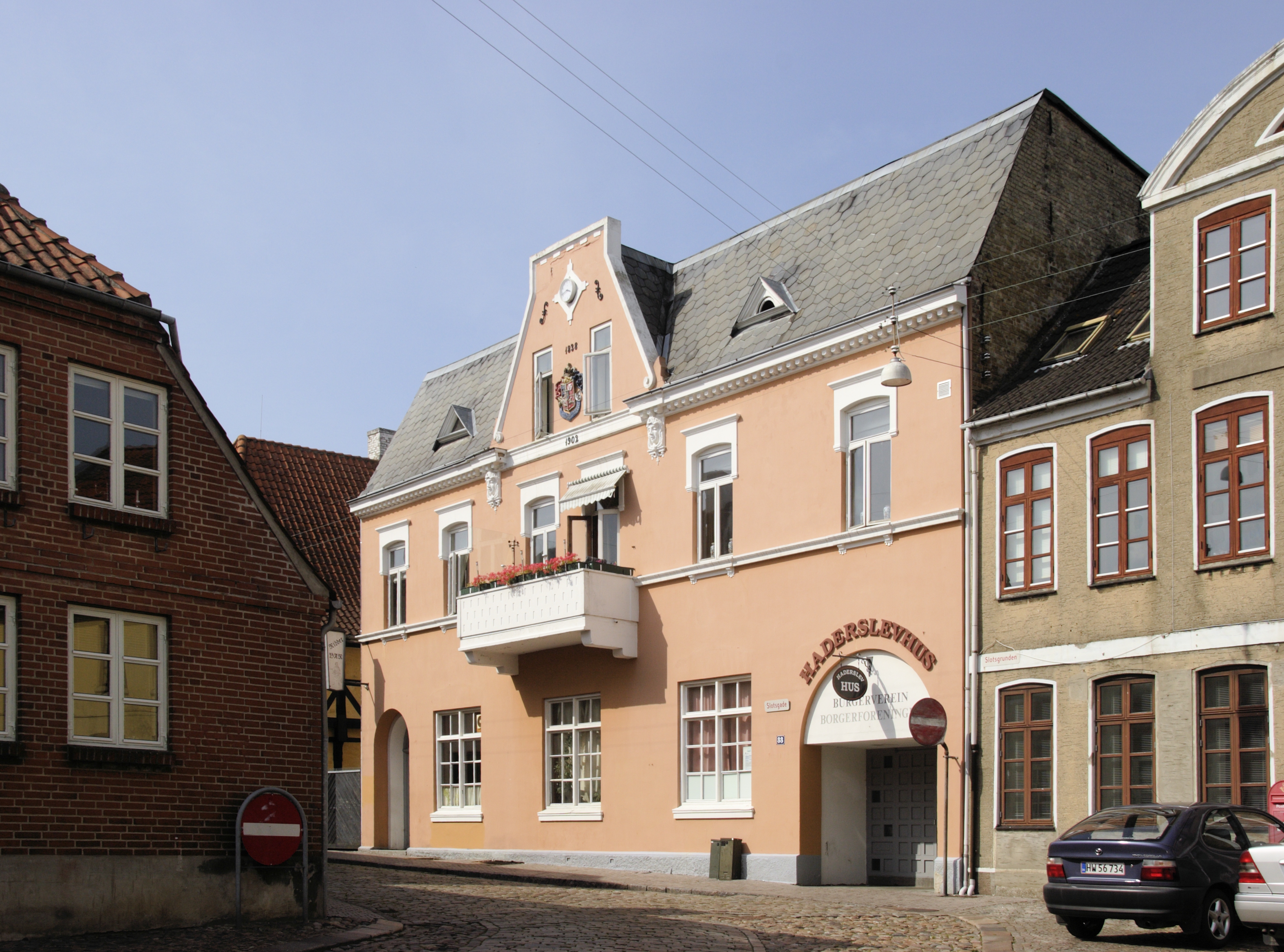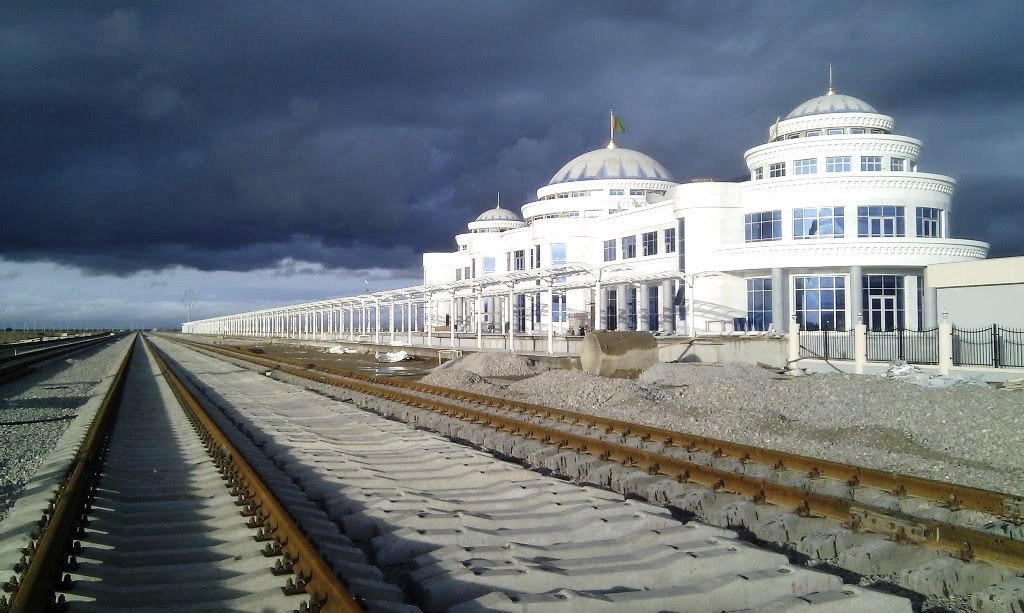|
Triangle Region Denmark
Triangle Region Denmark ( da, Trekantområdet) is a cooperation consisting of seven Danish municipalities on the Danish peninsula of Jutland and the island of Funen: Billund, Fredericia, Haderslev, Kolding, Middelfart, Vejen and Vejle. The Triangle Region began as the general term for the industrial and communications hubs of Kolding, Vejle and Fredericia in the early 1960s. The three cities (thus ‘triangle’) originally worked together to coordinate and collaborate locally, but have since expanded into a cooperation between seven municipalities, which together have 421,480 inhabitants (as of 1 January 2018) and cover an area of 4,266.0 km2. An area of political and economic stability, the Triangle Region is often regarded as Denmark’s third major region after Aarhus and Copenhagen. It has a reputation for having lower levels of pollution, crime and traffic problems than the big cities. Contents History The Triangle Region was historically an industrial area with an em ... [...More Info...] [...Related Items...] OR: [Wikipedia] [Google] [Baidu] |
LEGOLAND
Legoland (, trademark in uppercase as LEGOLAND) is a chain of family theme parks focusing on the construction toy system Lego. They are not fully owned by The Lego Group itself; rather, they are owned and operated by the British theme park company Merlin Entertainments (which shares a common owner (Kirkbi A/S) with The Lego Group). The Legoland Billund Resort opened in Billund, Denmark in 1968, followed by the Legoland Windsor Resort in Windsor, England in 1996. Further parks opened in Germany, Japan, South Korea, Malaysia, the United Arab Emirates (Dubai), the United States (California, Florida, and New York), and a Legoland Water Park at Gardaland in Castelnuovo del Garda, Italy in 2021. Parks in Belgium, Beijing, Shanghai, Sichuan and Shenzhen are currently under construction. Attractions The parks are marketed to families with younger children (15 and under), and although the attractions include a number of roller coasters, the roller coasters are not as numerous or as e ... [...More Info...] [...Related Items...] OR: [Wikipedia] [Google] [Baidu] |
Haderslevhus
Haderslevhus (or Hansborg) is the name of a castle that once stood in the Danish city of Haderslev, until destroyed by a fire in 1644. History Like most of the medieval cities of trade, Haderslev had a royal castle, which was called Haderslevhus. The suffix "hus" (meaning house) was commonly used for castles in medieval Denmark (Koldinghus, Tønderhus, Ålborghus, Riberhus etc.). The castle was first mentioned in sources dating back to 1326, but was most likely built in the second half of the 13th century, like most Danish city castles. The castle was the home of the governor of the borough (and later the county), who took care of the king's (or in Southern Jutland, the duke's) possessions, in and around the city. In the city castle, the taxes, duties, and fines were paid here. Haderslevhus was located in the eastern part of the city, which was surrounded by a moat at the time. In this fortification lived the future Danish king, Christian III of Denmark, when he imposed the Re ... [...More Info...] [...Related Items...] OR: [Wikipedia] [Google] [Baidu] |
Southern Jutland
Southern Jutland ( da, Sønderjylland; German: Südjütland) is the name for the region south of the Kongeå in Jutland, Denmark and north of the Eider (river) in Schleswig-Holstein, Germany. The region north of the Kongeå is called da, Nørrejylland, lit=Northern Jutland, label=none. Both territories had their own ting assemblies in the Middle Ages (in Viborg and Urnehoved). Southern Jutland is mentioned for the first time in the Knýtlinga saga. In the 13th century South Jutland became a duchy. The first duke was Canute Lavard (''Knud Lavard''). In the late 14th century it took the name of the Duchy of Schleswig. The duchy was named after the city of Schleswig (''Slesvig''). The dukes of Schleswig also became kings of Denmark. With the demise of the Holy Roman Empire in the 19th century, the term "Sønderjylland" was revived by Denmark and became the subject of a naming dispute between Danes and Germans (the latter continuing the centuries-old "Schleswig") – part of the ... [...More Info...] [...Related Items...] OR: [Wikipedia] [Google] [Baidu] |
Borough
A borough is an administrative division in various English-speaking countries. In principle, the term ''borough'' designates a self-governing walled town, although in practice, official use of the term varies widely. History In the Middle Ages, boroughs were settlements in England that were granted some self-government; burghs were the Scottish equivalent. In medieval England, boroughs were also entitled to elect members of parliament. The use of the word ''borough'' probably derives from the burghal system of Alfred the Great. Alfred set up a system of defensive strong points (Burhs); in order to maintain these particular settlements, he granted them a degree of autonomy. After the Norman Conquest, when certain towns were granted self-governance, the concept of the burh/borough seems to have been reused to mean a self-governing settlement. The concept of the borough has been used repeatedly (and often differently) throughout the world. Often, a borough is a single town with ... [...More Info...] [...Related Items...] OR: [Wikipedia] [Google] [Baidu] |
Viking
Vikings ; non, víkingr is the modern name given to seafaring people originally from Scandinavia (present-day Denmark, Norway and Sweden), who from the late 8th to the late 11th centuries raided, pirated, traded and settled throughout parts of Europe.Roesdahl, pp. 9–22. They also voyaged as far as the Mediterranean Sea, Mediterranean, North Africa, Volga Bulgaria, the Middle East, and Greenland, North America. In some of the countries they raided and settled in, this period is popularly known as the Viking Age, and the term "Viking" also commonly includes the inhabitants of the Scandinavian homelands as a collective whole. The Vikings had a profound impact on the Early Middle Ages, early medieval history of Scandinavia, the History of the British Isles, British Isles, France in the Middle Ages, France, Viking Age in Estonia, Estonia, and Kievan Rus'. Expert sailors and navigators aboard their characteristic longships, Vikings established Norse settlem ... [...More Info...] [...Related Items...] OR: [Wikipedia] [Google] [Baidu] |
Haderslev
Haderslev (; german: Hadersleben ) is a Danish town in the Region of Southern Denmark with a population of 22,011 (1 January 2022).BY3: Population 1. January by urban areas, area and population density The Mobile Statbank from Statistics Denmark It is the main town and the administrative seat of and is situated in the eastern part of . Haderslev is home of |
Park And Ride
A park and ride, also known as incentive parking or a commuter lot, is a parking lot with public transport connections that allows commuting, commuters and other people heading to city centres to leave their vehicles and transfer to a bus, Rail transport, rail system (rapid transit, light rail, or commuter rail), or carpool for the remainder of the journey. The vehicle is left in the parking lot during the day and retrieved when the owner returns. Park and rides are generally located in the suburbs of metropolitan areas or on the outer edges of large cities. A park and ride that only offers parking for meeting a carpool and not connections to public transport may also be called a park and pool. Park and ride is abbreviated as "P+R" on road signs in some countries, and is often styled as "Park & Ride" in marketing. Adoption In Sweden, a tax has been introduced on the benefit of free or cheap parking paid by an employer, if workers would otherwise have to pay. The tax has reduced ... [...More Info...] [...Related Items...] OR: [Wikipedia] [Google] [Baidu] |
Veksø A/S
Veksø is a small town located between Ballerup and Ølstykke- Stenløse in Egedal, some 20 km northwest of Copenhagen, Denmark. The town is on a hill, surrounded by meadows and bogland. Veksø station is served by the Frederikssund radial of the S-train network. History The area south of Veksø is the site of a large, shallow-watered lake which was called Vigsø until the 18th century. The name (Veksø) also referred to a castle which may have belonged to Skjalm Hvide of the influential Hvide dynasty. The estate was later owned by Christian I who gave it to Roskilde Cathedral in 1450. After the Reformation, Veksø was confiscated by the crown. The castle had probably been destroyed in the Counts' Feud or may simply have fallen into despair after losing its importance after Copenhagen had been established as Denmark's new capital. The name Veksø is first recorded in 1370 as ''Viksyø''. In 1568 the village consisted of nine farms. In 1784, it consisted of 15 farms, eight of whic ... [...More Info...] [...Related Items...] OR: [Wikipedia] [Google] [Baidu] |
Arla Foods
, industry = Dairy , predecessor = ArlaMD Foods , founded = , founder = , location_city = Viby , location_country = Denmark , area_served = Worldwide , key_people = Peder Tuborgh (CEO)Jan Toft Nørgaard (Chairman)Jonathan Evans (UK milk) , products = , revenue = 10.3 billion EUR (2017) , operating_income = 505 million EUR (2016) , net_income = 356 million EUR (2016) , num_employees = 18,765 (2016) , parent = , subsid = Arla Foods FinlandArla Foods UK , website = Arla Foods amba is a Danish-Swedish multinational cooperative based in Viby, Denmark, and the largest producer of dairy products in Scandinavia, and the largest dairy in the United Kingdom. Arla Foods was formed as the result of a merger between the Swedish dairy cooperative Arla and the Danish dairy company MD Foods on 17 April 2000. The name Arla derives from the sam ... [...More Info...] [...Related Items...] OR: [Wikipedia] [Google] [Baidu] |
Railway Town
A railway town, or railroad town, is a settlement that originated or was greatly developed because of a railway station or junction at its site. North America During the construction of the First transcontinental railroad in the 1860s, temporary, "Hell on wheels" towns, made mostly of canvas tents, accompanied the Union Pacific Railroad as construction headed west. Most faded away but some became permanent settlements. In the 1870s successive boomtowns sprung up in Kansas, each prospering for a year or two as a railhead, and withering when the rail line extended further west and created a new endpoint for the Chisholm Trail. Becoming rail hubs made Chicago and Los Angeles grow from small towns to large cities. Sayre, Pennsylvania and Atlanta, Georgia were among the American company towns created by railroads in places where no settlement already existed. In western Canada, railway towns became associated with brothels and prostitution, and concerned railway companies started ... [...More Info...] [...Related Items...] OR: [Wikipedia] [Google] [Baidu] |
Vassal
A vassal or liege subject is a person regarded as having a mutual obligation to a lord or monarch, in the context of the feudal system in medieval Europe. While the subordinate party is called a vassal, the dominant party is called a suzerain. While the rights and obligations of a vassal are called vassalage, and the rights and obligations of a suzerain are called suzerainty. The obligations of a vassal often included military support by knights in exchange for certain privileges, usually including land held as a tenant or fief. The term is also applied to similar arrangements in other feudal societies. In contrast, fealty (''fidelitas'') was sworn, unconditional loyalty to a monarch. European vassalage In fully developed vassalage, the lord and the vassal would take part in a commendation ceremony composed of two parts, the homage and the fealty, including the use of Christian sacraments to show its sacred importance. According to Eginhard's brief description, the ''commenda ... [...More Info...] [...Related Items...] OR: [Wikipedia] [Google] [Baidu] |







